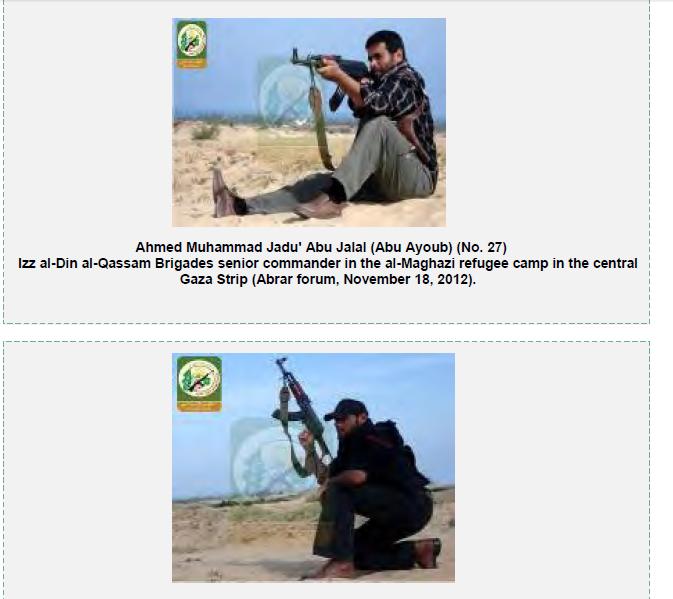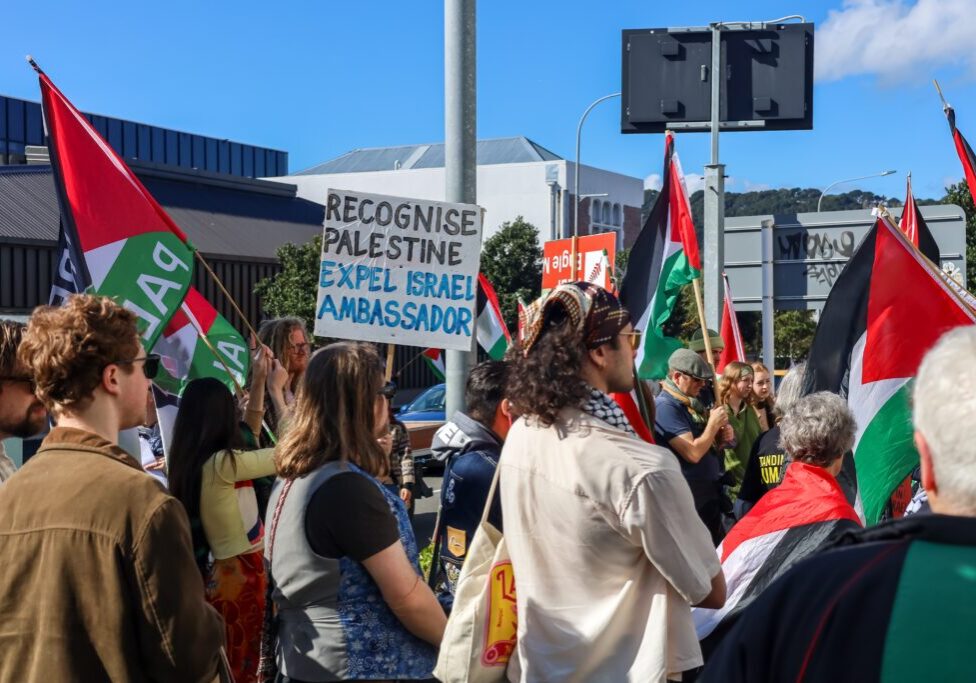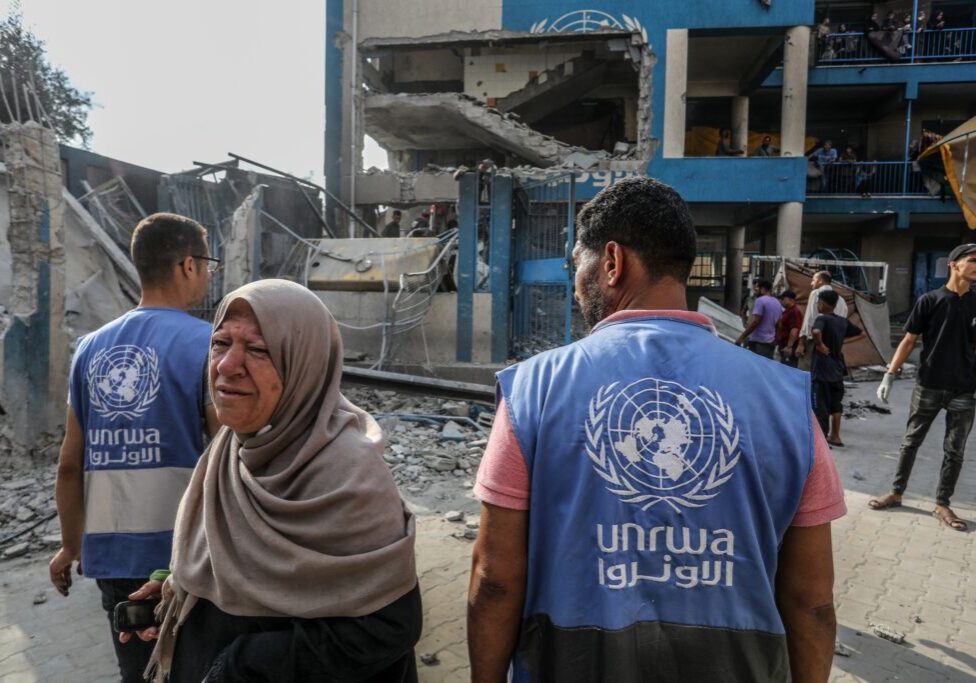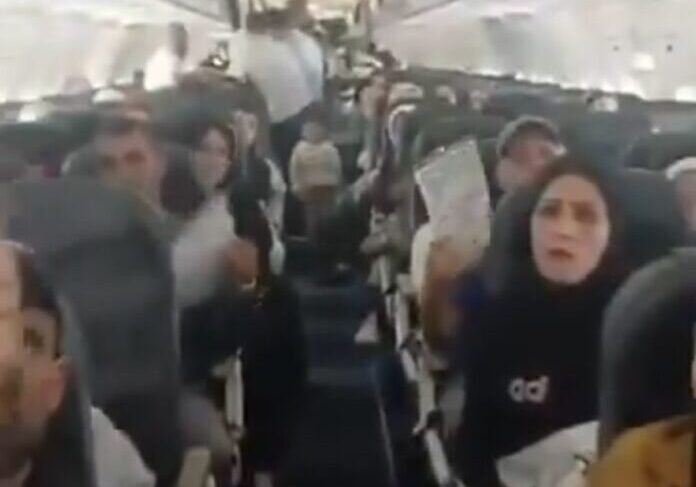Australia/Israel Review
Why Hamas wanted a war
Jul 28, 2014 | Harel Chorev

Harel Chorev
Unlike in the past, the latest escalation of violence between Hamas and Israel is not another tactical and limited round. It is instead part of a new strategic direction taken by Hamas in an effort to capitalise on the circumstances created by the July 2 murder of a Palestinian youth, apparently by Jewish extremists, in Jerusalem. In so doing, Hamas intended to create a meaningful change in its difficult geopolitical, economic, and intra-Palestinian position.
Consequently, it seems that the Israeli offer – “quiet will be answered by quiet” – expressed a misunderstanding of Hamas’ aims, and of the change underway in the rules of the game that have characterised previous rounds of Israel-Hamas conflict. Hamas does not desire quiet at the moment because, in the absence of any other option, it views Israeli escalation – whether in the immediate term, in “Operation Protective Edge,” or beyond – as an opportunity to break its diplomatic and economic isolation.
Israel’s “Operation Pillar of Defence” in November 2012 constituted a high point for Hamas. Despite the Israeli attacks, Hamas succeeded in preserving its control of the Gaza Strip, while demonstrating its operational abilities; this enhanced its popularity in the West Bank as well. The Emir of Qatar granted Hamas US$400 million, while Hamas was the beneficiary of a friendly president in Egypt who belonged to Hamas’ parent movement, the Muslim Brotherhood. Taking place against the backdrop of the Syrian Civil War, the diplomatic and financial backing that Hamas received enabled it to abandon the “Axis of Resistance” (Iran, Syria, Hezbollah, and the Islamic Jihad), including some of the economic and military support that it had received from Iran until that point.
But approximately half a year after Pillar of Defence, Hamas found itself in the most difficult crisis of its history. Egypt’s President Morsi was ousted, Hamas was declared a terror movement in Egypt, and the Egyptian army destroyed the majority of smuggling tunnels that provided an economic lifeline to the Gaza Strip, and especially to Hamas’ tax revenues.
In June, the Qatari money ran out; Hamas was left without the ability to finance critical infrastructure, such as electricity, or to pay the salaries of its 40,000 employees. These circumstances represented the primary motivation, on Hamas’ part, to seek the reconciliation agreement with the Palestinian Authority (PA), which it signed in late April from a position of extreme disadvantage. Indeed, it accepted most of the PA’s demands. In exchange, Hamas expected that the PA, first and foremost, would alleviate its financial predicament and pay Hamas workers’ salaries.
Against this background, it appears that the abduction and murder of three Israeli teenagers who were students at a religious seminary (yeshiva) in the West Bank on June 12 was an unwanted event for the Hamas leadership. The history of Hamas is filled with examples in which local organisations, such as the Silwan group that murdered an Israeli policeman in 1992, carried out operations in Hamas’ name. In most of these cases, Hamas adopted such operations as its own because they fit within its concept of struggle and its underground character, which didn’t require a broad range of political considerations.
However, although Hamas did not claim responsibility for the abduction of the three youths, it found itself almost immediately paying the price for it. PA President Mahmoud Abbas, for his part, viewed the abductions as a development that threatened to destroy the gains that he had reaped in the international arena. First and foremost among these was the emerging consensus in international opinion that the failure of the American-brokered peace negotiations was Israel’s fault. His forthright and unconditional public condemnation of the abductions led to an immediate de facto end to the unity agreement. The salaries that were promised to Hamas personnel remain in the coffers of the PA and the PA security apparatus has resumed operating against Hamas in the West Bank.
These developments left the Hamas leadership without a clear strategy in the immediate aftermath of the abductions. As a result, it spoke with contradictory voices. On the one hand, spokesmen such as Sami Abu Zuhri denied Hamas’ involvement in the kidnappings. On the other, senior members, such as Khaled Meshaal, Ismael Haniyeh, Fauzi Barhum, and Mushir al-Masri, praised the abductors, distorted uncomfortable facts such as the young age of the victims (Meshaal referred to them as “soldiers”; Haniyeh called them “settlers”), and made threats against Israel in the event that it would undertake operations against Hamas.
However, as the PA’s seriousness about terminating the unity agreement became clearer, a hawkish and unified strategy began to coalesce within Hamas, towards both the PA and Israel. On the eleventh day following the abduction of the three teens, Hamas Prime Minister Haniyeh announced that the “Third Intifada” had already begun in the West Bank. A statement like that demonstrates the depths of polarisation and crisis in the Palestinian political arena, because it stands in sharp contrast to the PA’s firm opposition to a new intifada, and confirms its suspicions that Hamas is moving to subvert stability and undermine security in the West Bank.
While intra-Palestinian polarisation deepened, the riots that broke out in the east Jerusalem neighbourhood of Shuafat and in Arab communities within Israel, following the murder of the Palestinian youth, were viewed as an opportunity by Hamas. Hamas hoped to use the riots as a means to advance its ambition of creating a more active popular resistance in the West Bank, calculating that a more active Palestinian “street” in the West Bank and Israel would redirect Palestinian animus towards Israel and the PA and away from Hamas’ financial challenges and political isolation. Further, Hamas has also attempted to pour more “fuel on the fire” by firing rockets at Israeli civilians.
This appears to be the principal reason why the Egyptian attempts to bring about a cease-fire have been unsuccessful. Israeli analysts sometimes attribute this to the alleged independence of the military wing of Hamas, “which does whatever it feels like,” without consideration for the authority of the political wing. It seems that these estimations are exaggerated. The political leadership’s declarations do not reveal internal divisions, but rather the opposite – they are extremely militant, and have been so from the moment that it became clear that the unity with the PA had crumbled. Hamas, despite all its difficulties, still exercises control over what happens in the Gaza Strip, as reflected in the gradual and controlled escalation of its military operations until the outbreak of Operation Protective Edge.
This reality, until the start of the Israeli military operation, reflected Hamas’ desire to take advantage of the continuing turmoil. Evidence to this end was seen on July 4 when Hamas spokesmen began to demand that, in exchange for a cease-fire, Israel would stop not only its targeted assassinations, but also remove the blockade on the Gaza Strip. On July 7, Hamas added an additional demand: Israel must set free those prisoners released as part of the October 2011 Shalit deal and then rearrested over the last month, while Egypt must open the Rafah crossing.
Hamas was fully aware that the chances that Israel or Egypt would acquiesce to a demand like this were extremely low. As a result, Hamas opened itself to a potential military confrontation with its eyes wide open.
Hamas estimates that Operation Protective Edge and other operations of its kind will not threaten its control over the Strip. This is because Hamas believes the Israelis are concerned about the possibility of suffering casualties in ground operations, and that Israel lacks a preferred alternative to Hamas in light of the threat posed by the other radical Islamist groups active in the Gaza Strip. An Israeli operation, and especially one with an inconclusive outcome, represents an opportunity for Hamas to improve its position. Paradoxically, therefore, an Israeli operation is less threatening than the possibility of internal collapse. Even if the current round of violence does not provide immediate relief, Hamas will likely provoke an additional flare-up in the future to prevent such collapse. By launching Operation Protective Edge, Israel should be aware of the trap that Hamas has set for it: This is not another round of violence intended to serve merely tactical aims.
Developments require Israel to think strategically. Such strategic thought does not terminate with the restoration of so-called “deterrence.” Israel must form a comprehensive policy for both the Gaza Strip and Hamas.
Whether the latter will be preserved as the “devil we know,” or not, it is clear that any exchange will require Israel to coordinate extensively with regional actors, such as the Palestinian Authority and Egypt, who will each seek to exact a political price.
Dr. Harel Chorev is a Research Fellow at the Moshe Dayan Centre for Middle Eastern and African Studies at Tel Aviv University. Reprinted from Tel Aviv Notes. © Tel Aviv University, reprinted by permission, all rights reserved.
Tags: Palestinians






